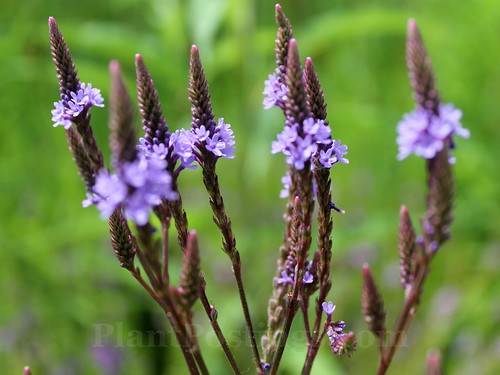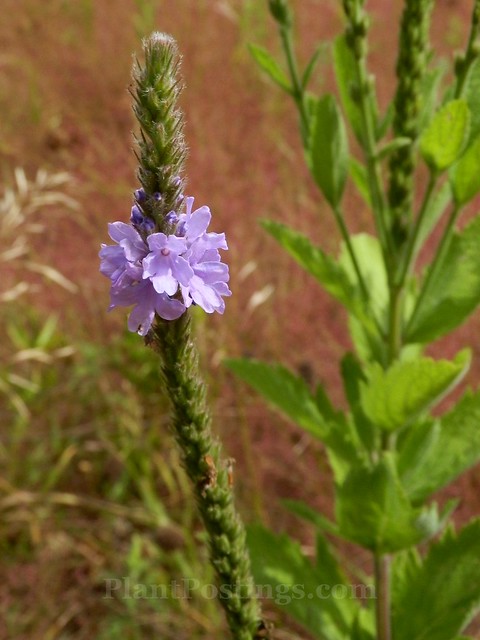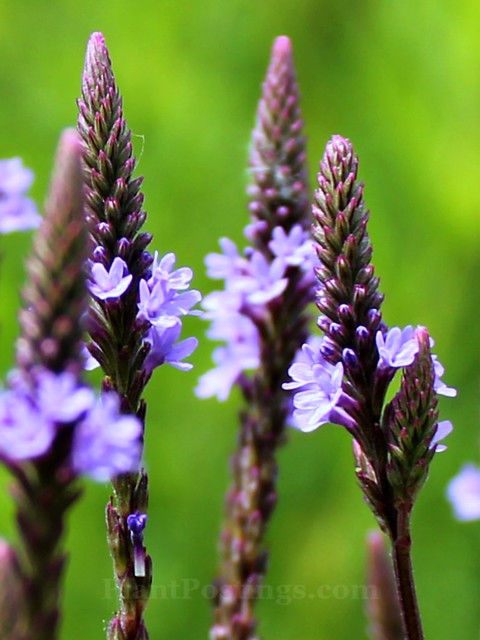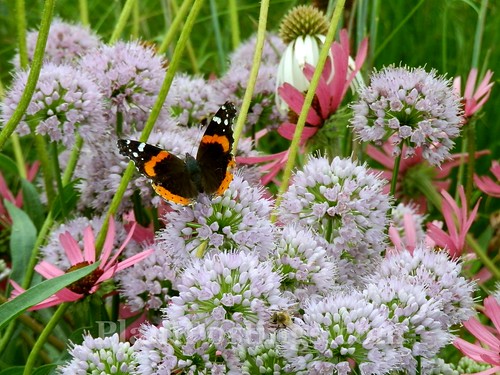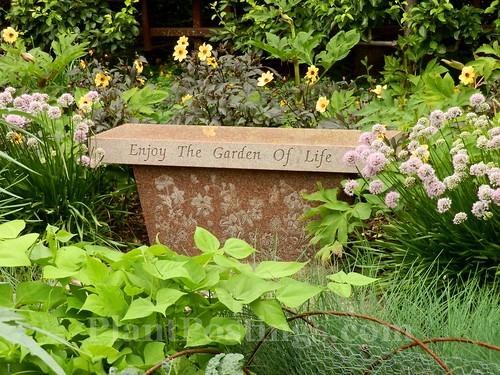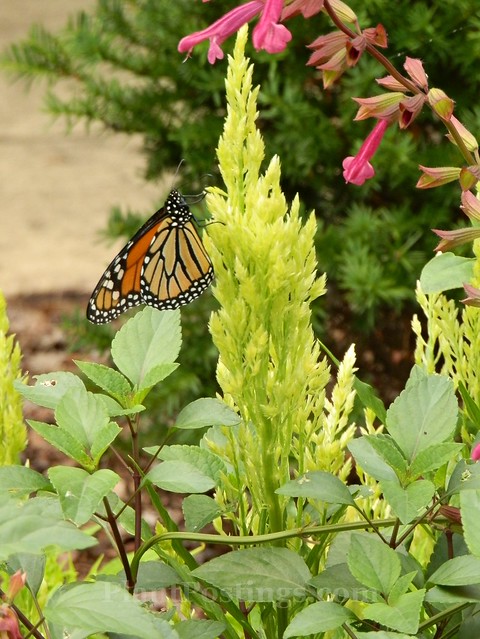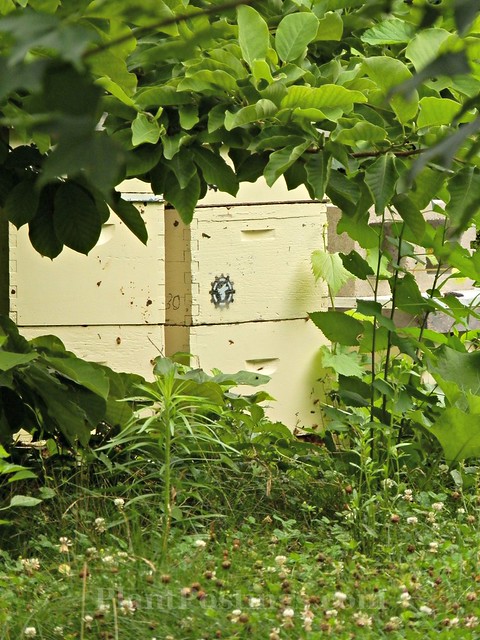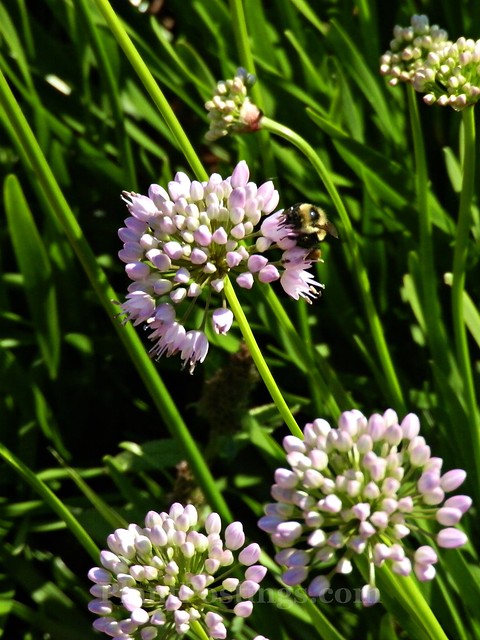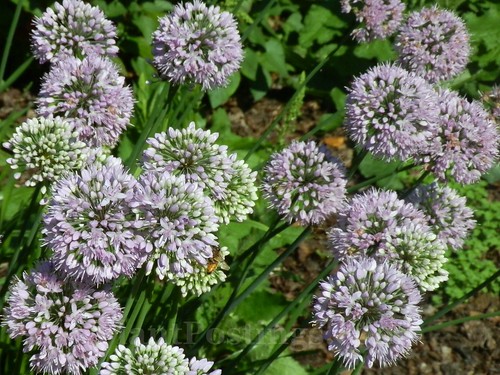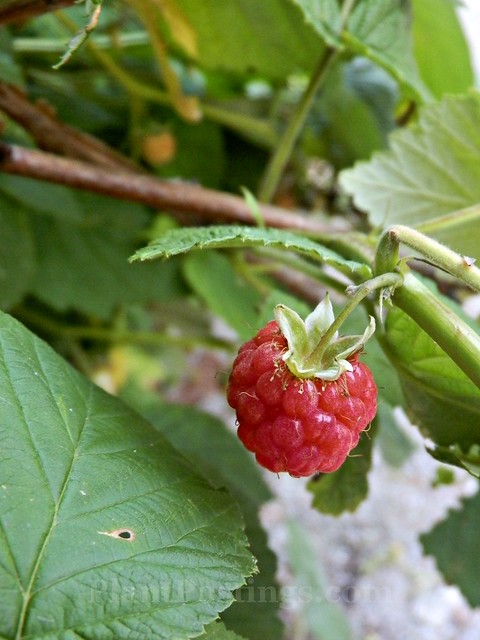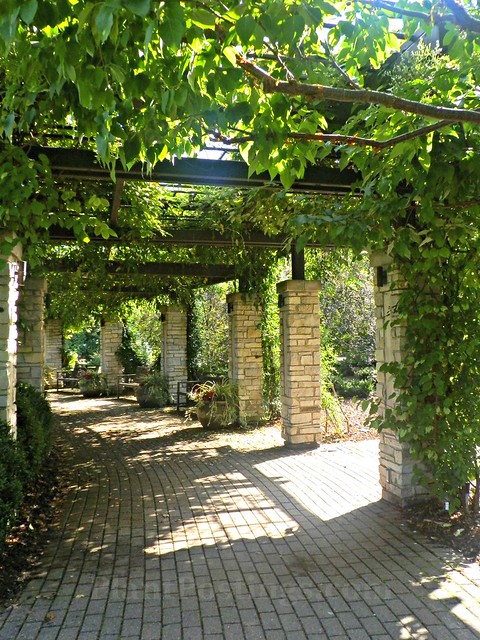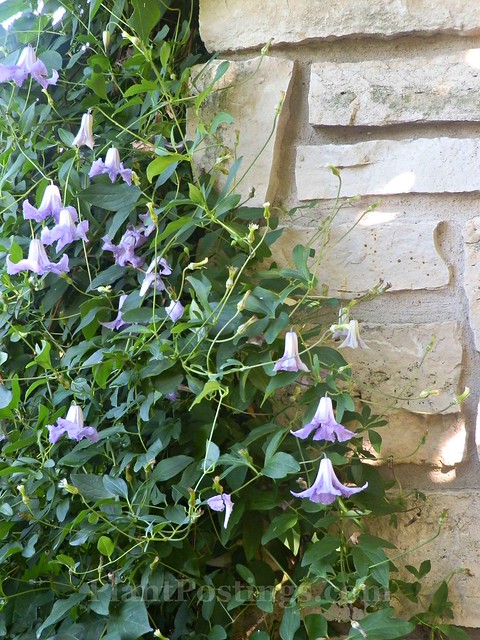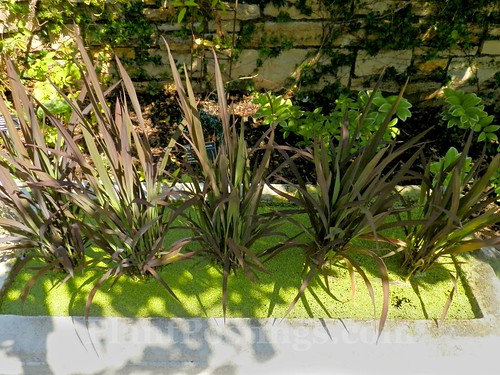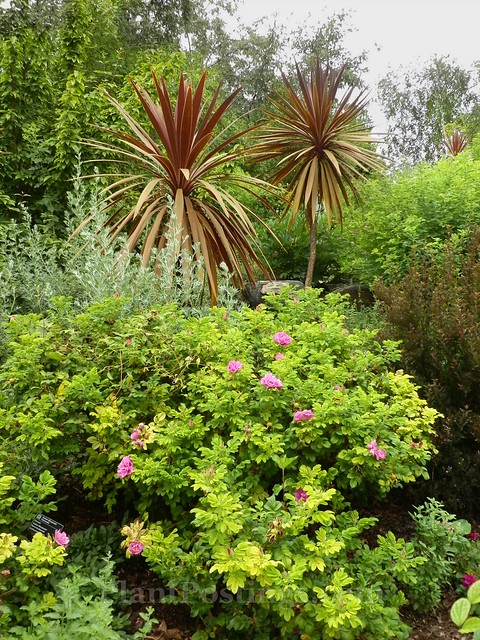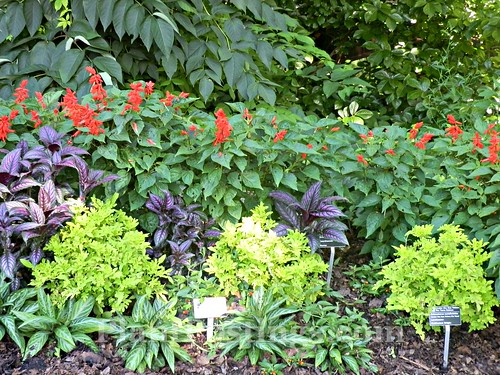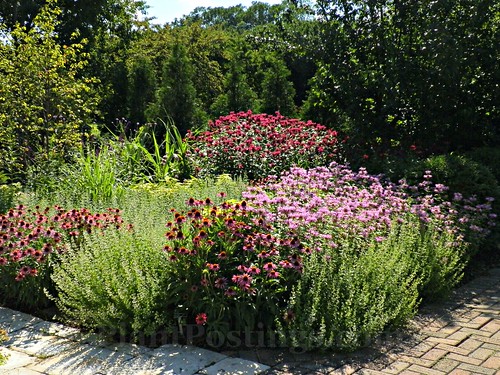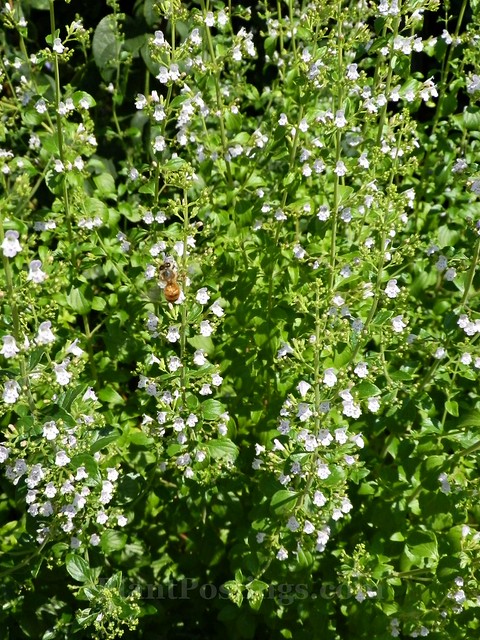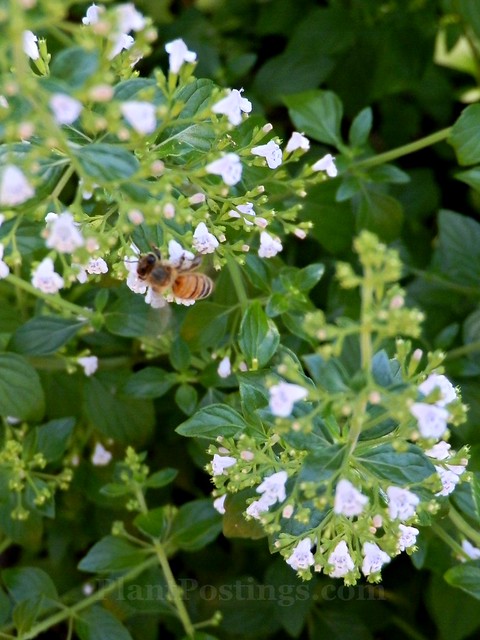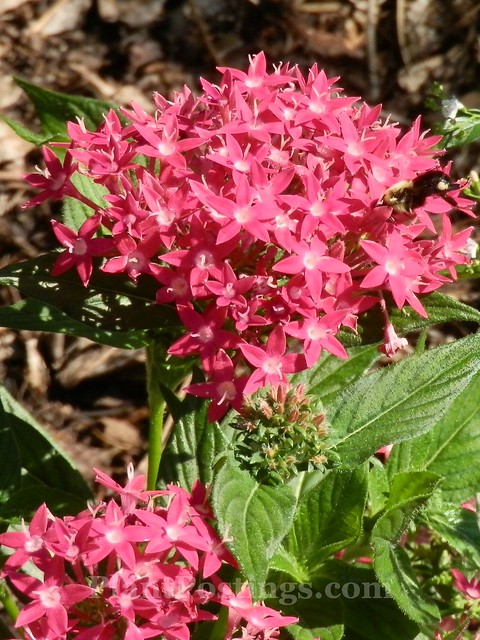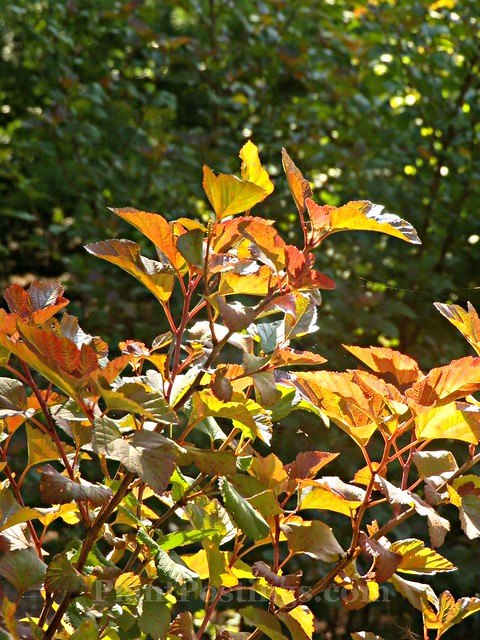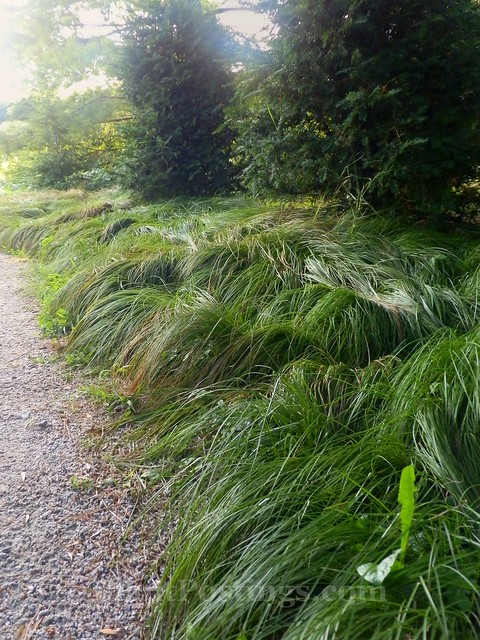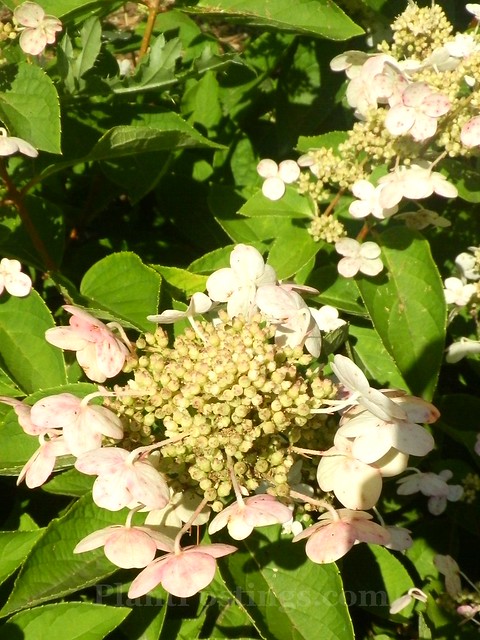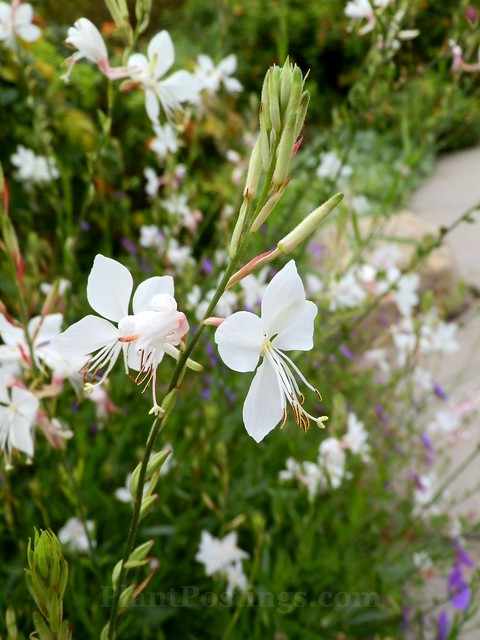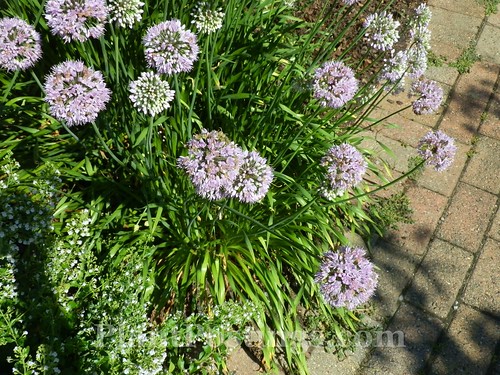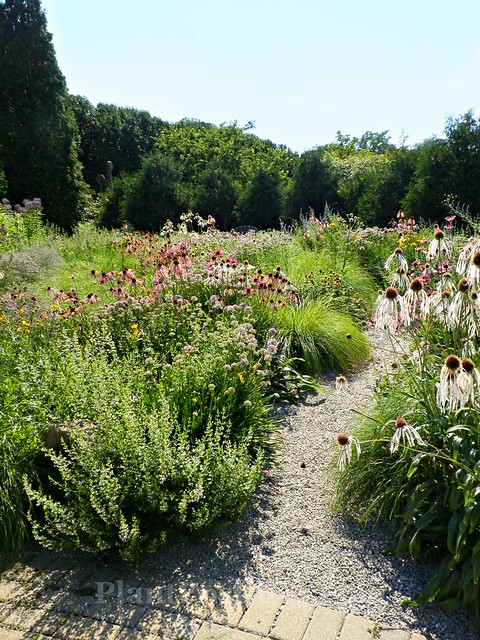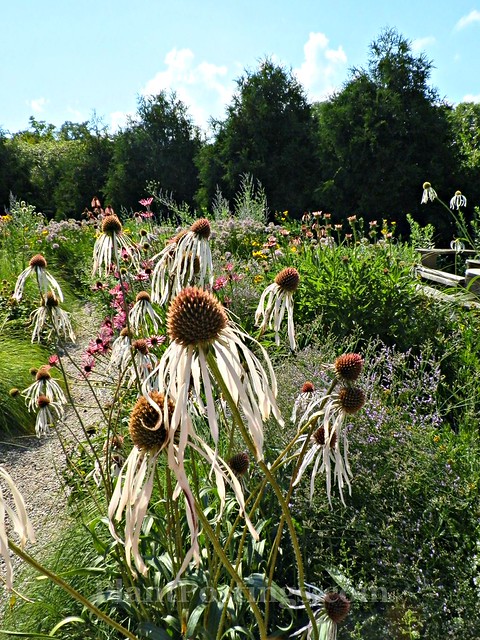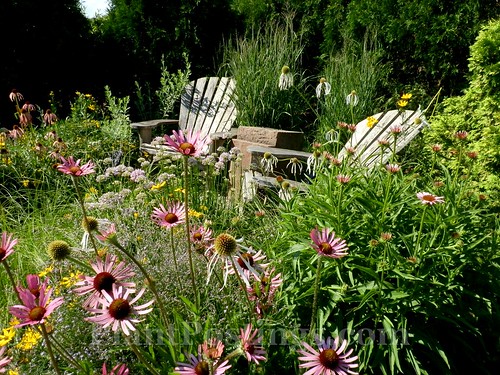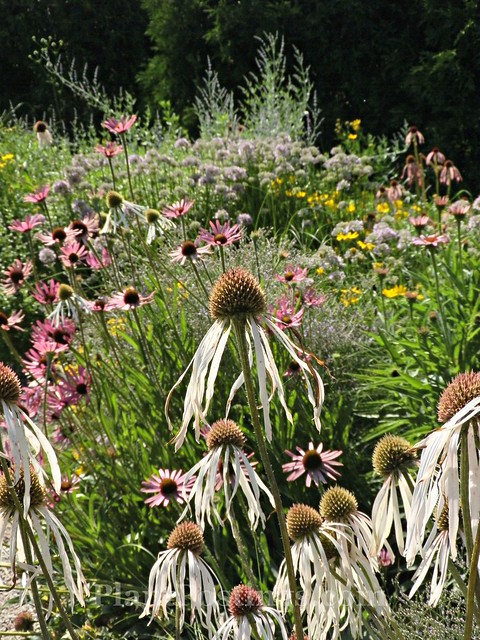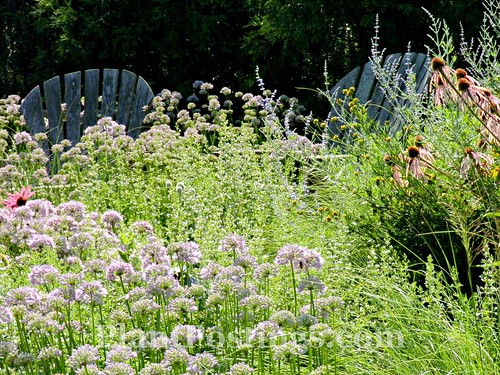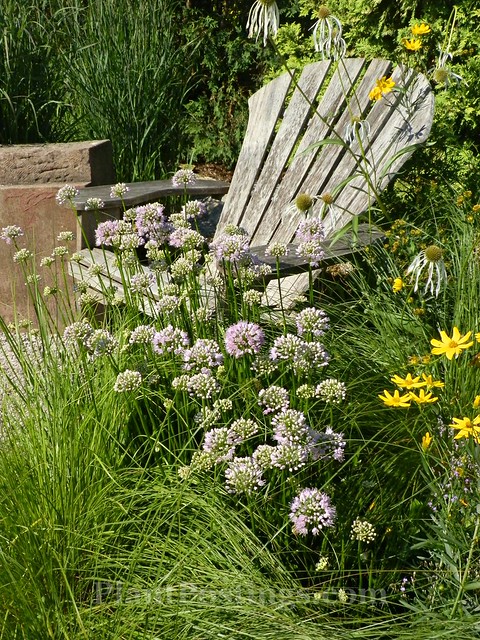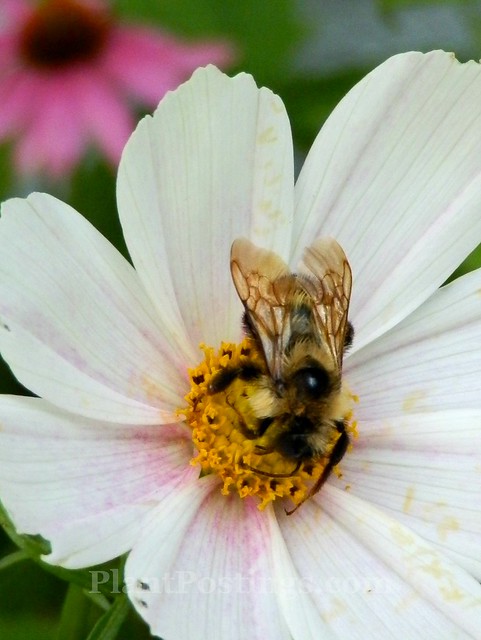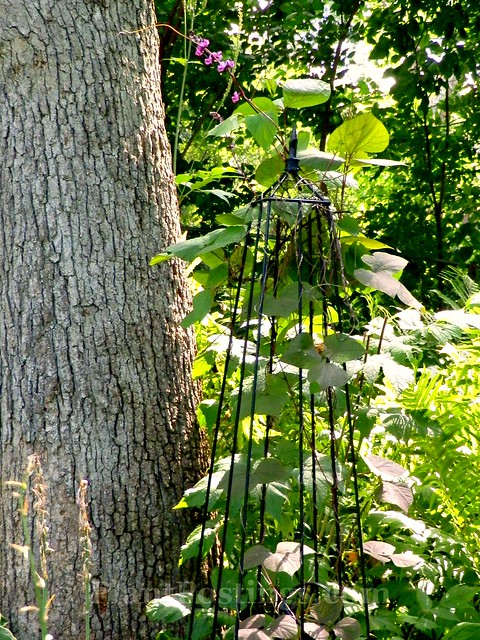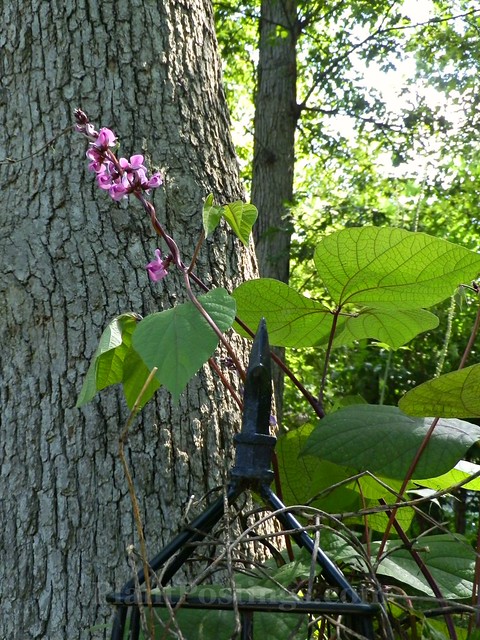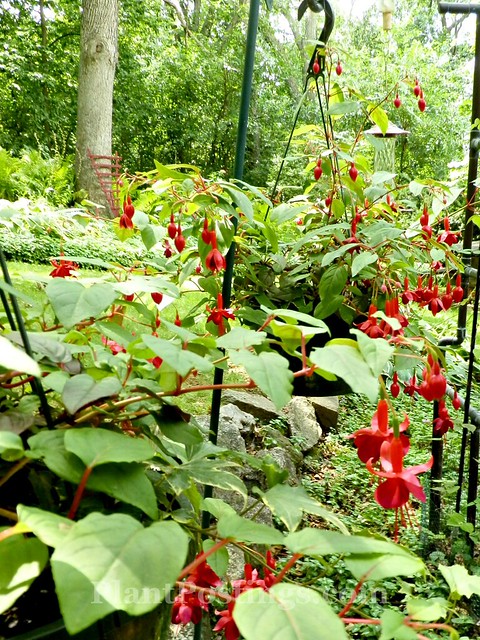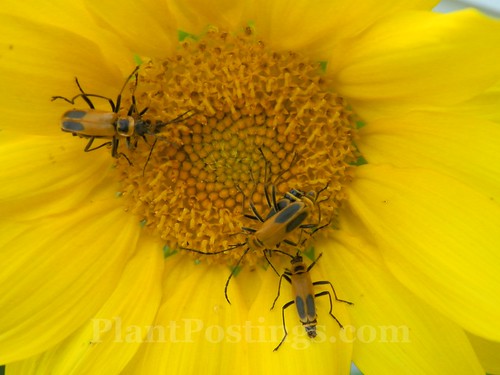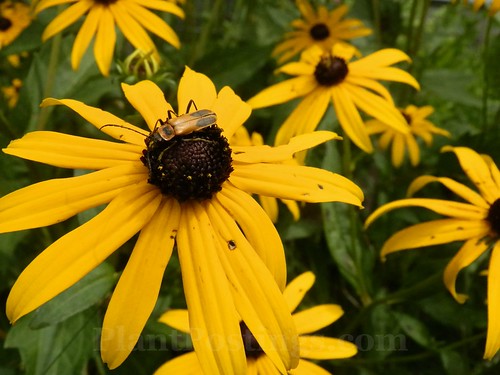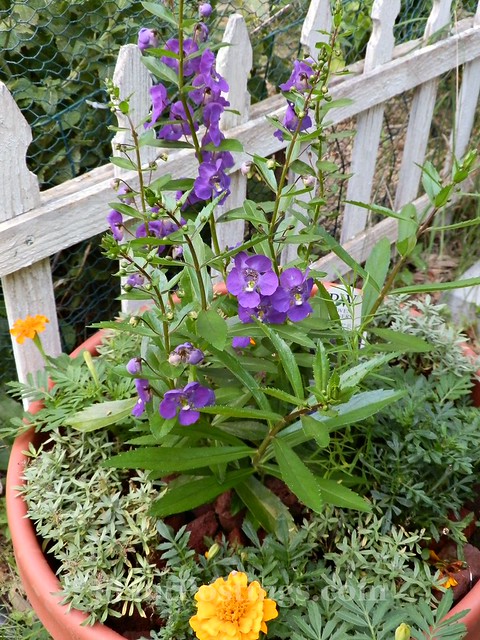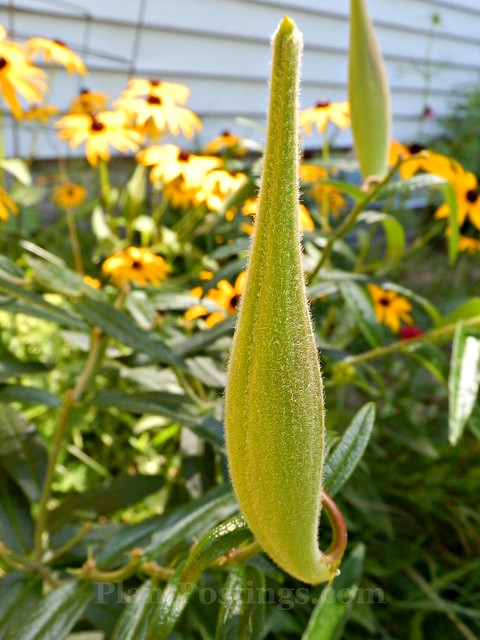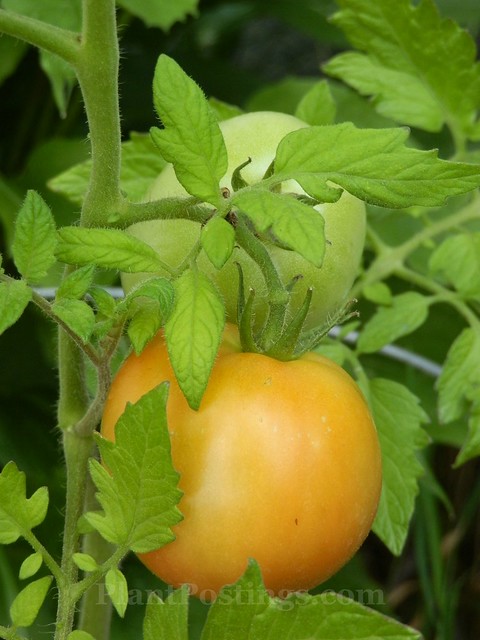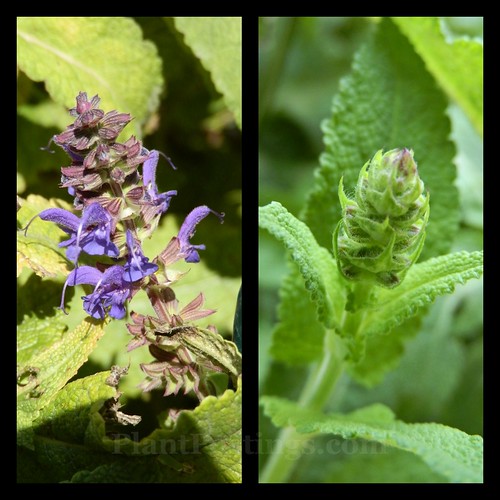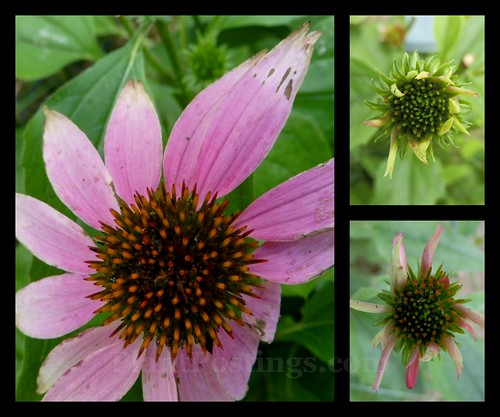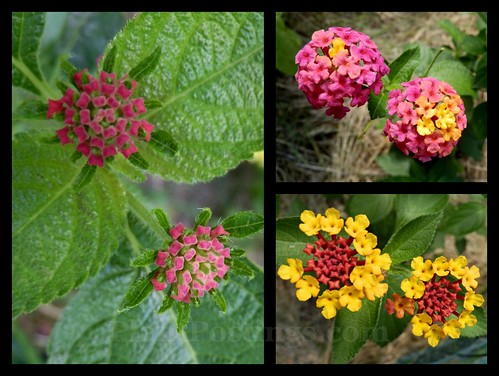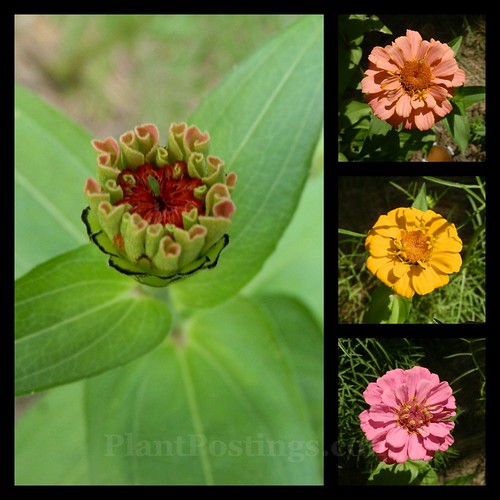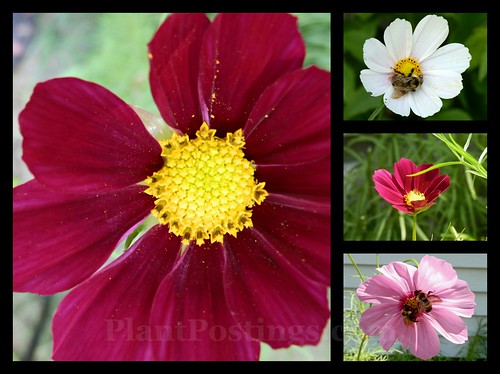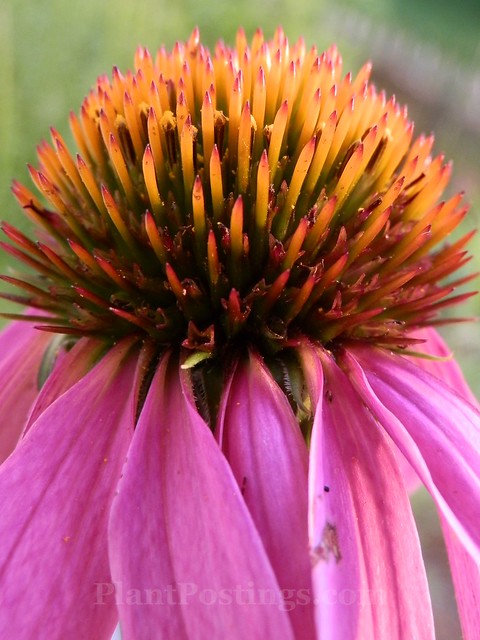
Our youngest has officially moved out and on to her first post-college apartment. We're true empty-nesters now! Over the weekend, the kids and I watched old family videos of their early years. And the swift passage of time, once again, became brutally apparent.
As I reflect on "garden lessons learned" during the past season, my mind naturally strays toward parallels--lessons learned in parenting that can be applied to gardening, and vice versa. (For those new to this "lessons learned" meme, we invite gardeners to share things they've learned during the past season. This meme runs from the meteorological end of each season to the next equinox or solstice.)
So, I thought I'd try a little exercise. Whether you're a parent, a mentor, a teacher, a friend, or a neighbor, you've likely played an important role in the life of a child. What parallels do you find between their growth and development and the growth and development of your garden? Try substituting "child" or "young one" for the word "garden" in the following passages:
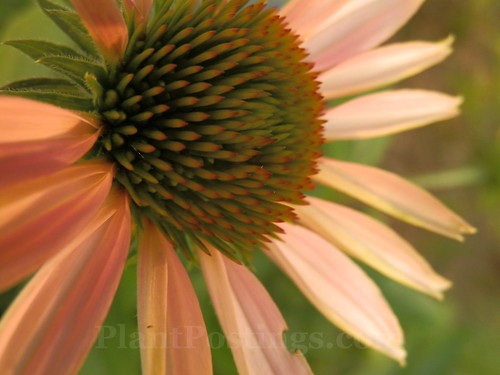
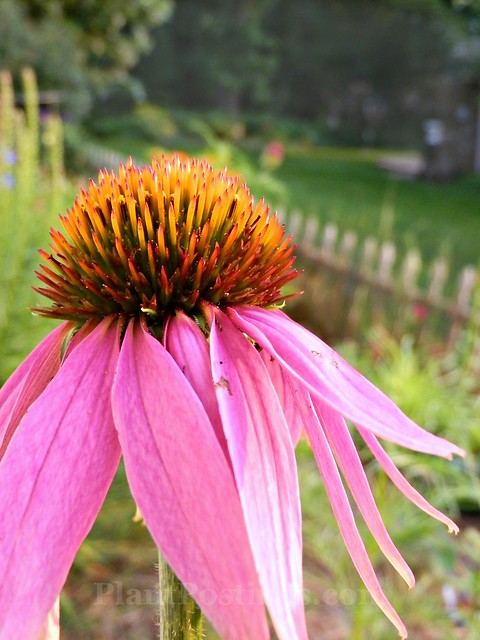
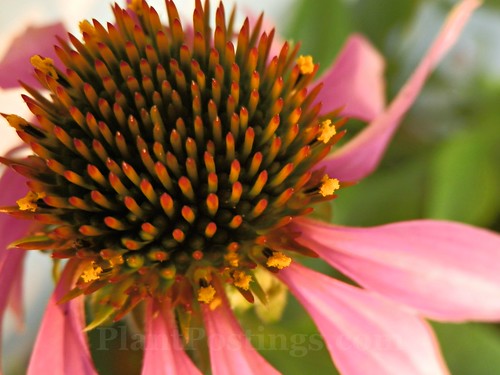
Ask your garden: "How would you like to change or improve, and how can I help you get there?" It's likely your garden will speak to you--responding with a vision for its improvement.
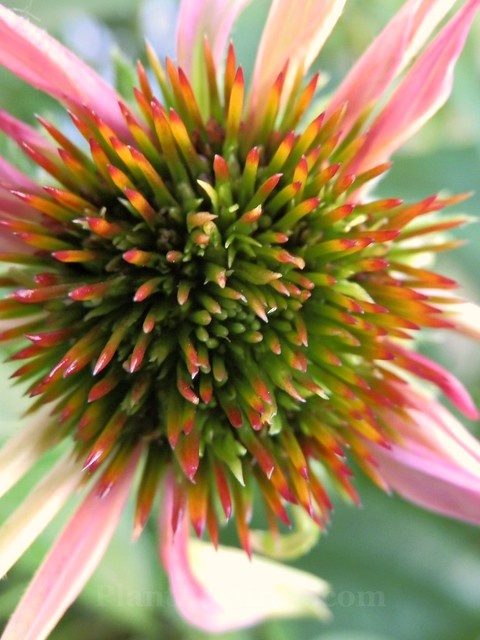
Sometimes messy, difficult, and painful things will happen to your garden. Other times, your garden will let you down. Don't give up. These challenges are usually transitions to a better, stronger, or different stage of development.
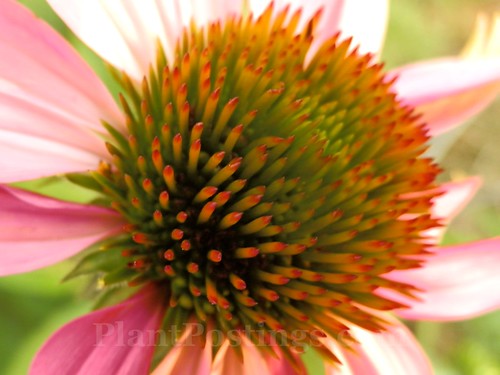

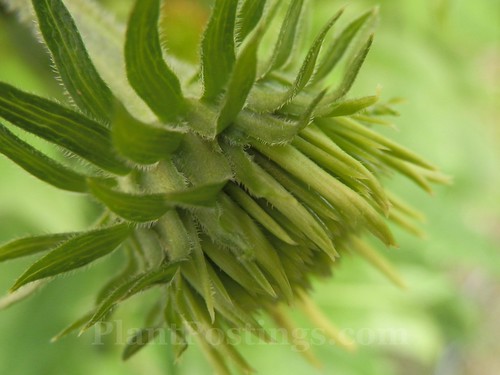
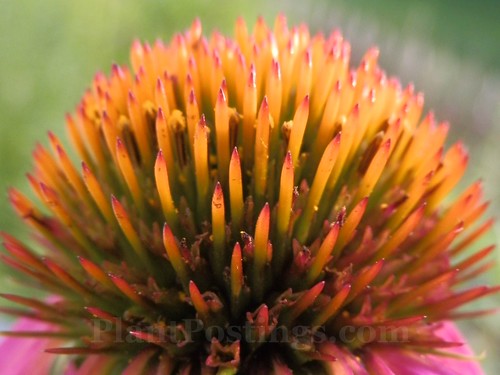
These parallels are lifelong reflections, but top of mind for me lately. How about you? What garden inspirations and lessons have you learned or discovered during the past season?
To join in the "Garden Lessons Learned" meme, simply write a post or share one you've already written about lessons you've learned during the past season. Then share your links or observations in the comments. I'll keep this post up for a few days, and it will be available always under the "Lessons Learned" tab at the top of this blog. I'll share "lessons learned" posts on the PlantPostings Facebook Page closer to the equinox.
Please also join in Donna's Seasonal Celebrations at Gardens Eye View! Feel free to join in with a post that fits both memes, or separate posts for one or both of them.
Garden blessings to you!
